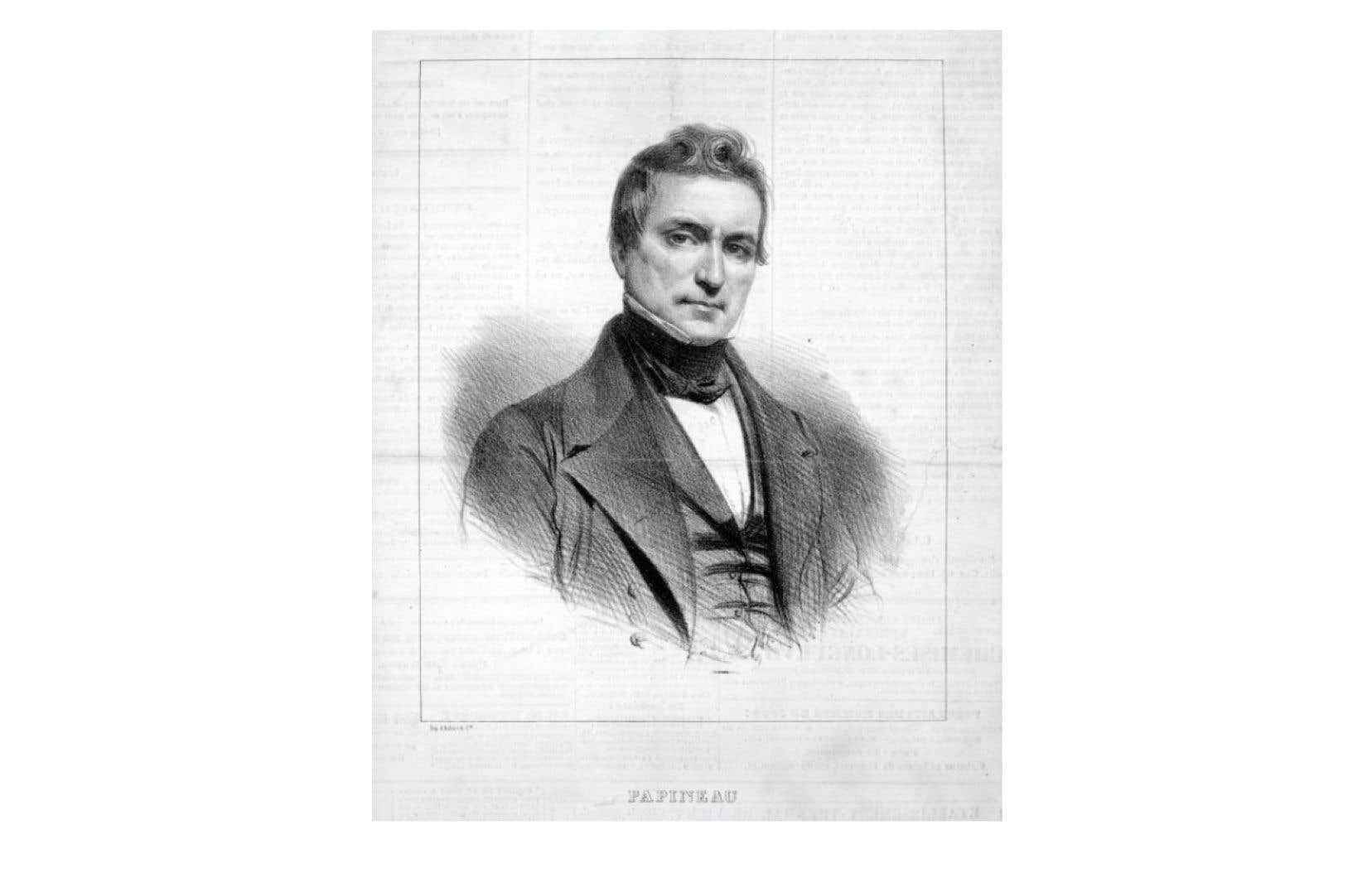To commemorate, that is to say to summon the memory, to scrutinize the place occupied in it by such a character or such an event, to pose an act of conscience, to listen to the resonance waves of a past known in oneself. Test your historical awareness, become aware of each significant moment of the past. Not the “I remember” license plates. To remember, but of something. Something to understand because you have to give meaning to your present, to an immediate future. Historical consciousness is the opposite of historical purring, of incantation.
The resonance of the 200 years of the second project of union of Lower and Upper Canada of 1822 cannot be more vibrant in the heart of the conscience of the colonial condition of Quebec. The very proactive and fearful Governor Craig had thought of a first project of union around 1810. The imperial strategy had then been in the air for a recent moment (the Act of Union between Great Britain and the Kingdom of Ireland of 1800) and less recent (the Act of Union between the Kingdoms of England and Scotland of 1707). There had been some dress rehearsals of the strategy.
The project was discreetly transported to London by Montreal merchants, and we learned of its existence in Lower Canada in September 1822. The Canada Trade Act had commercial aims: the regulation of the sharing of customs duties for goods from Upper Canada passing through the port of Quebec, which, as a result, shows that Upper Canada does not have access to the sea.
Already, we can begin to assess the importance of the St. Lawrence Seaway for the western part of the territory. The union project has above all a political objective: to establish a single chamber of assembly and a single legislative council; increase the number of English-speaking MPs in the townships ; raise the financial eligibility criterion to £500; decreeing English as the sole language of debate and granting the king a right of veto over any law passed in the colony.
The “Unionnaires” delegated to London in February 1823 the paradoxical and intriguing James Stuart, who intended to put an end to the “ National damages of Canadians and their project of a “Canadian nation”. The national prejudice is that of the other, of the colonized; it cannot be that of the colonizer… A story about the blind spots of the powerful.
Road to Damascus
The opposition is getting organised. For Papineau, who quickly saw what was at stake, the Constitution of 1791 guaranteed Lower Canada a majority in representation as long as it had a majority in the population. In The Canadian of Quebec, Étienne Parent also sees clearly: “It is not so much the Union that we are looking for as a majority in the representation to obey the wishes of the executive. »
Since the turn of the 19e century, for lack of sufficient British immigration, London had no means of political control in the colony other than the Legislative Council, whose members it appointed and which could always block a law passed by the elected Chamber. They also tried to maintain a discretionary budget, not controlled by the House and which the governor used to pension favourites.
John Neilson, an Anglophone who shares the democratic path of the Canadian “party”, and Papineau are delegated to London to carry a petition of 60,000 signatories opposed to this project. A small opposition in the English Commons managed to postpone a vote on the union project, considered hasty.
Hasty, but buoyant in more ways than one. The bill creates an opportunity for the enunciation of another bill for the regulation of the majority in the elected Chamber; Judge Jonathan Sewell of Lower Canada and MP John Robinson of Upper Canada publish a pamphlet proposing a union not only of Lower and Upper Canada, but of all the colonies (Nova Scotia, New Brunswick , Prince Edward Island) of British North America. When we remember that a new project of union will succeed in 1840, that the first Canadian census of 1851 precisely made it possible to see the numerical superiority of Upper Canada over Lower Canada, we understand that 1867 was finally the “first” dress rehearsals of 1810, 1822 and 1840.
The union project of 1822 turned out to be promising where it was not expected. It was for Papineau, as he details in his letters to his wife in 1823, a road to Damascus: observations of the ignorance in London of the colonial situation, of the lobby of the colonial merchants, of the disinterest of the Colonial Office and, above all, of the social inequalities caused by the industrial revolution.
From that moment on, Papineau looked to the American Republic for possible solutions to leaving the colonial condition. In the late 1820s he found there the idea of an elected Legislative Council, like the Senate, in some New England states. The idea was to be the dividing line between patriots and reformers from 1835 and, a fortiori, in 1837 and 1838.
The very proactive and fearful Governor Craig had thought of a first project of union around 1810
